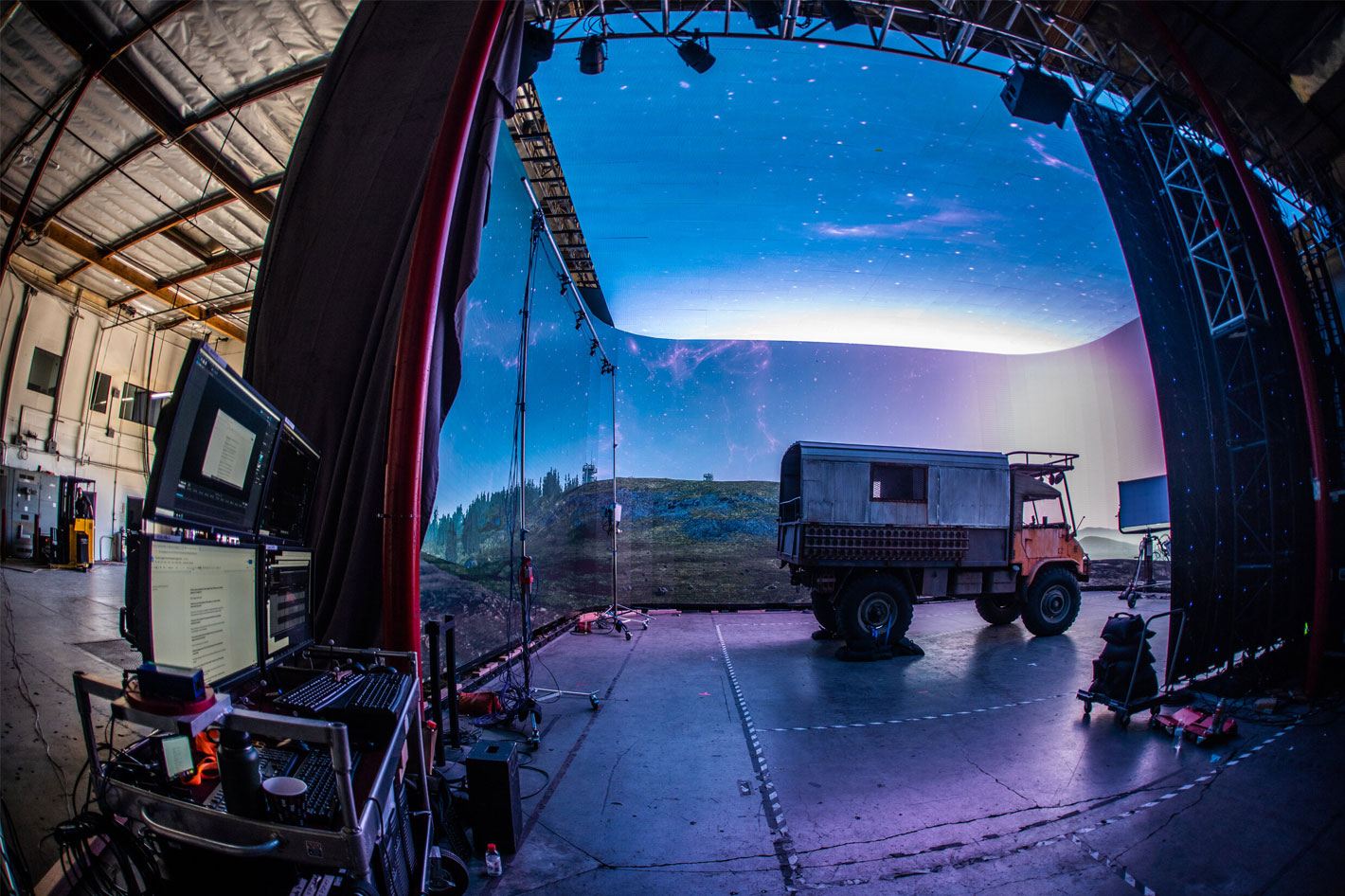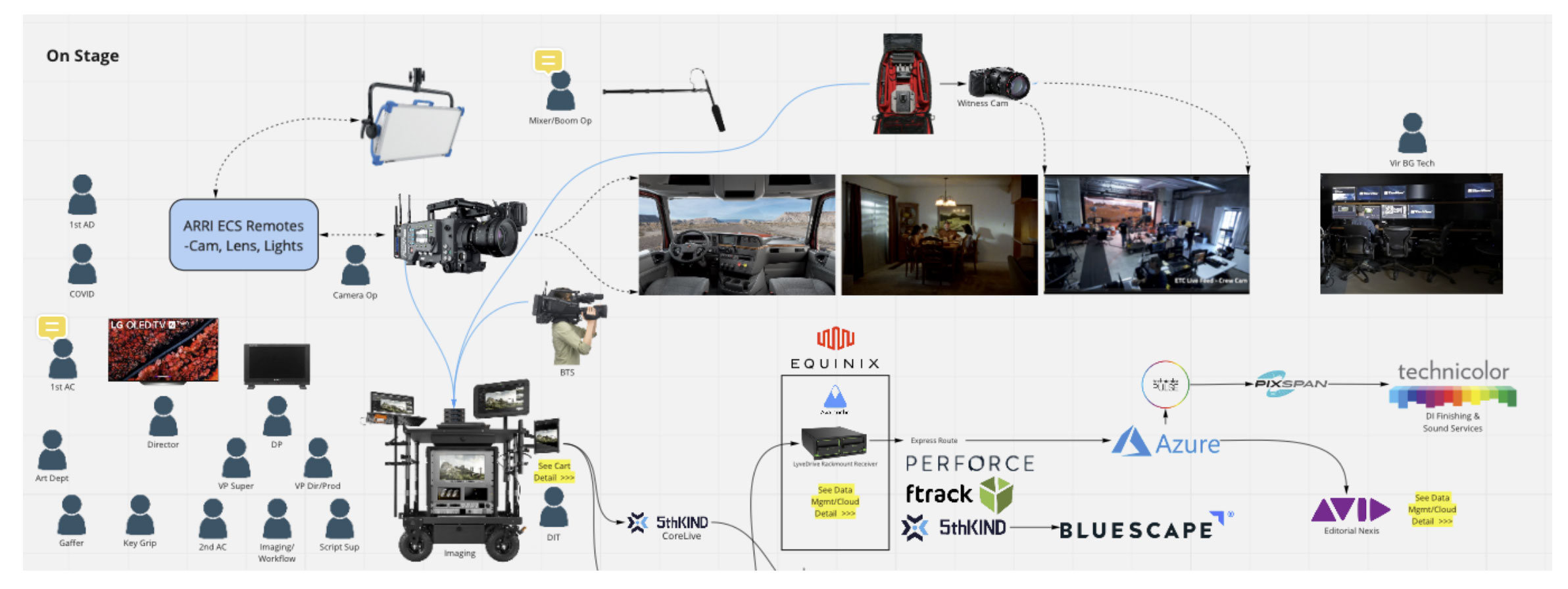
The June 10th edition of Post Break, the free webinar series from Post New York Alliance (PNYA), featured an in-depth interview with Brian Pohl, an expert in the expanding field of virtual production. The trend continues for the June 17th session, which will host Erik Weaver, from the Entertainment Technology Center@the University of Southern California (ETC), for an in-depth look at the Ripple Effect, a new live-action, sci-fi short film designed to test-cutting edge virtual production technologies and remote workflow solutions.

Erik Weaver is a specialist focused on the intersection of cloud and the M&E industry and is currently running Virtual & Adaptive production projects for the Entertainment Technology Center@the University of Southern California (ETC). Project includes EP on the Ripple Effect, a production-focused on Covid safety and virtual production. Recently, he led Global M&E Strategy for Western Digital. Prior work at ETC includes spearheading the Production in the Cloud project, which encompassed many aspects of the cloud, including transport, security, metadata, long-term storage and the creation of an agnostic framework that unites key vendors and studios.
Ben Baker, a partner in NextGen Production and a member of PNYA’s Education Committee, will moderate the discussion which will reveal how the production team leveraged real-time, game-engine rendering, cloud-based workflows and “SafetyVis,” a new tool for assessing on-set safety, to perform a range of pre-production and production activities, including pre-visualization, virtual set scouting, in-camera visual effects and smart-set generation. The goal was to explore critical steps in restarting film production in the wake of COVID shelter-in-place orders and social distancing.


Ripple Effect is a short film produced by the Entertainment Technology Center at the University of Southern California (ETC). The project was commissioned to test virtual production and remote workflows, emphasizing COVID safety and acquisition of “Final-Pixels.” It serves as a case study to test critical steps for restarting and continuing film productions during COVID-19 shelter in place orders. This panel is a discussion with the production team about what they learnt during the making of the Ripple Effect, what the state of Virtual Production is right now, and where it’s going from here. Not to be missed if you’re interested in this new set of creative and production tools.
In fact, Ripple Effect is a testing ground for various applications and use cases of Virtual Production. The team behind the project leveraged game engine real-time rendering tools to pilot various film pre-production and production use cases which included:
- Visualization Techniques (Previs, Techvis, & Safetyvis)
- Virtual Art Department (VAD)
- Virtual Set Scouting
- In-Camera VFX & Final Pixel Exploration
- Live LED Walls & Smart Stage Technology
- Social Distancing Protocol for Physical Production
- Live Remote & Cloud Based Workflows
Produced with a vast team and a series of partners, Ripple Effect developed under unique conditions that led to its position as an example of everything from safety rules during a pandemic to the most advanced virtual production technologies. In parallel to the short film, ETC physical and virtual production members designed a separate “Safetyvis’’ project in partnership with a visualization company to develop real-time production safety planning tools.
The short film would act as an immediate testing ground to collect actual results and feedback for the Safetyvis tools and verify whether they improved safety planning for production. According to the team, “Ripple Effect’s protocols and technology allowed our COVID-19 Safety Officer to communicate and collect real data on safety workflows on set and leverage some of the same real-time, interactive visualization tools used in the production process.”
Ripple Effect has a whole website dedicated to it, where you’ll find information about the whole process, but if you want to know more, and even go beyond the Post New York Alliance event, there is a White Paper – Ripple Effect -, 147 pages long, that highlights what the team learned and the best practices developed through the project. As the team notes, “in this paper, we will provide an overview of the safety tools and protocols implemented. We will provide background on the development process and the various technologies employed, detail the production process impact, and share the results and data collected.”
The PNYA’s Post Break dedicated to Ripple Effect, under the title Virtual Production Primer, Part 2: ETC and the “Ripple Effect”, happens on Thursday, June 17, 2021, 4:00pm EDT. Follow the link to register.

